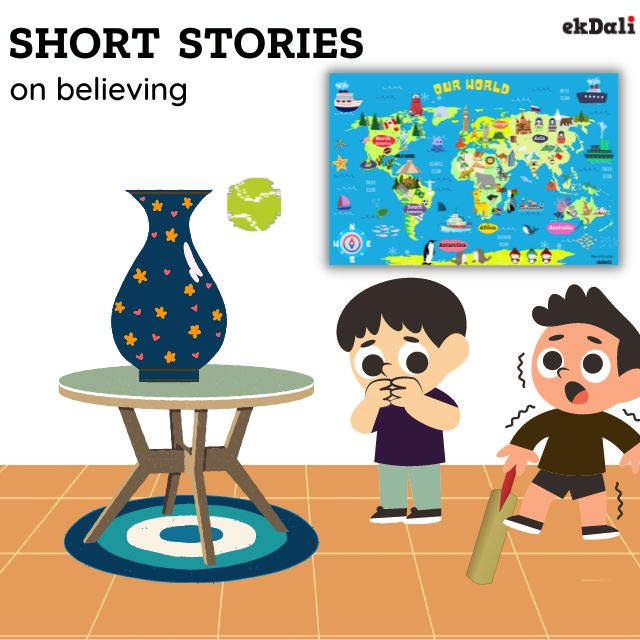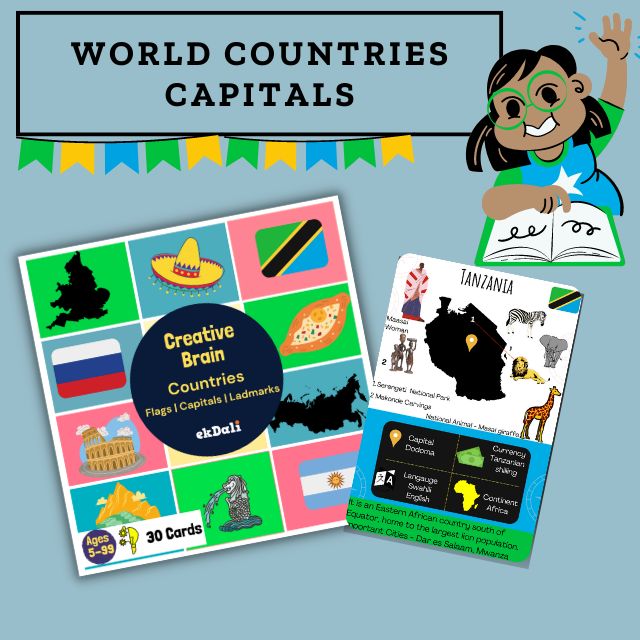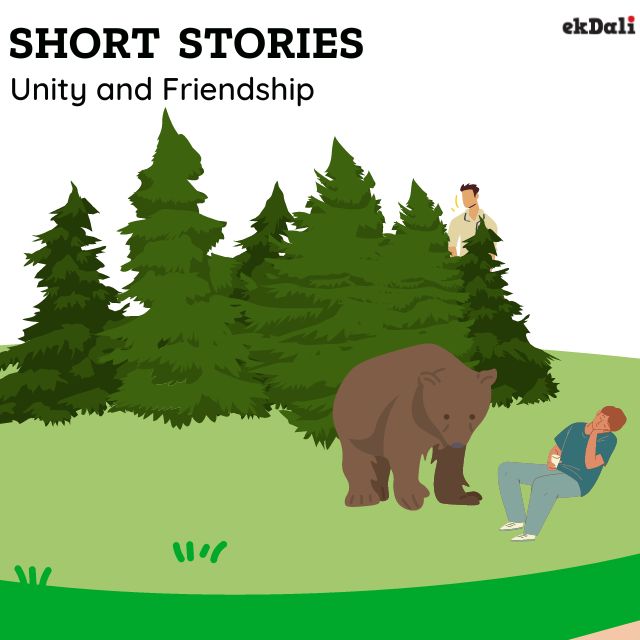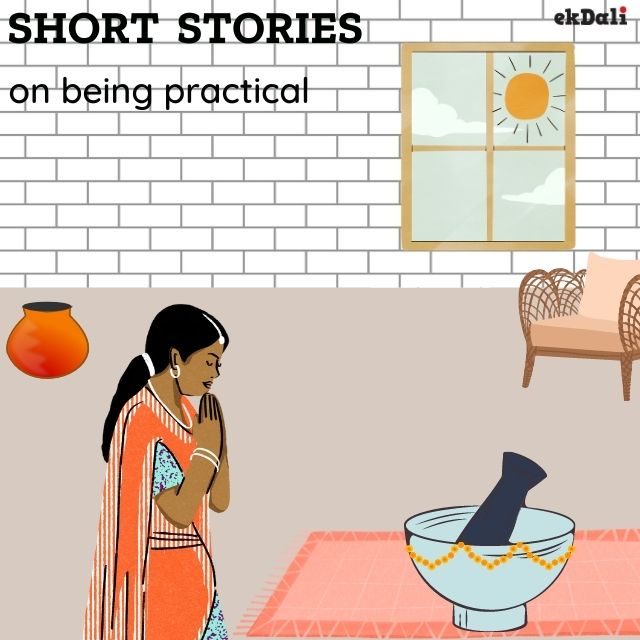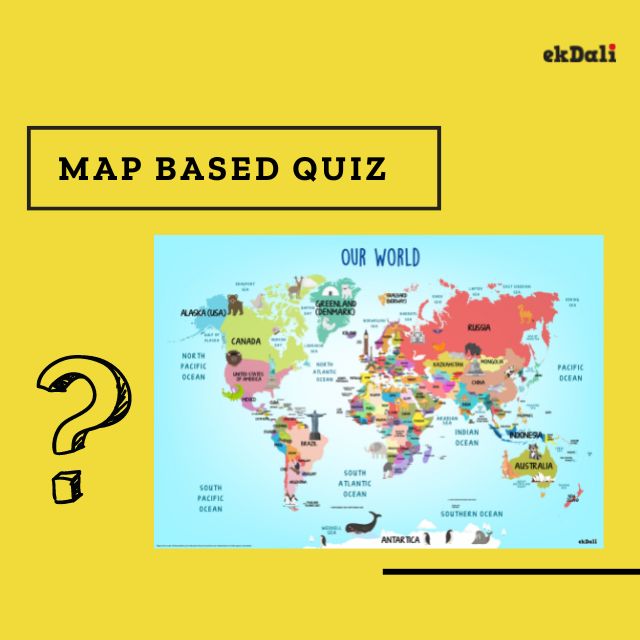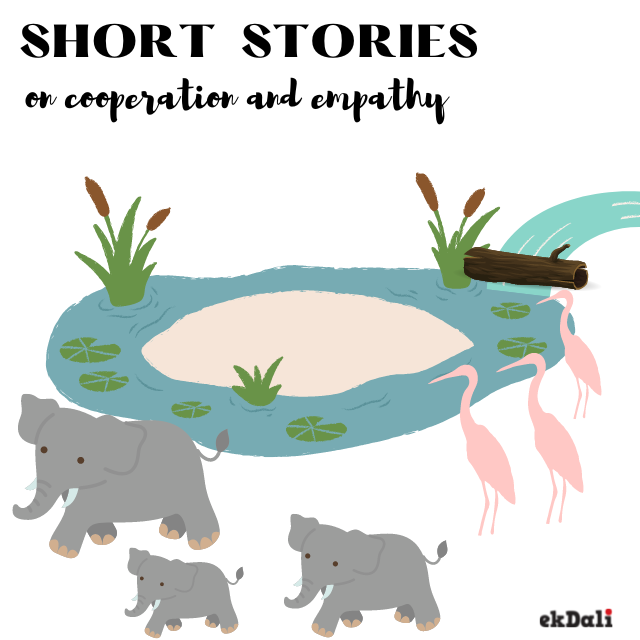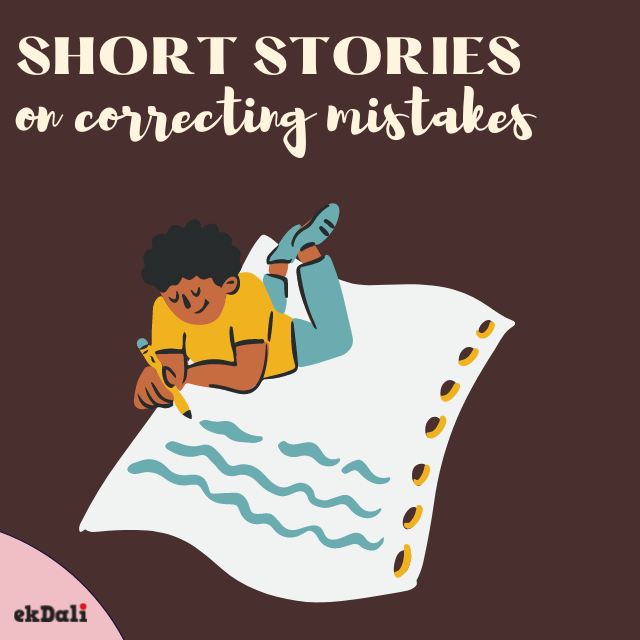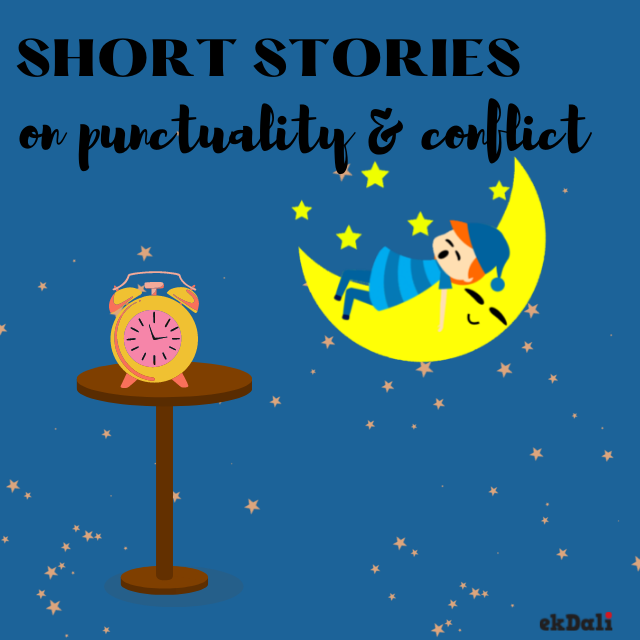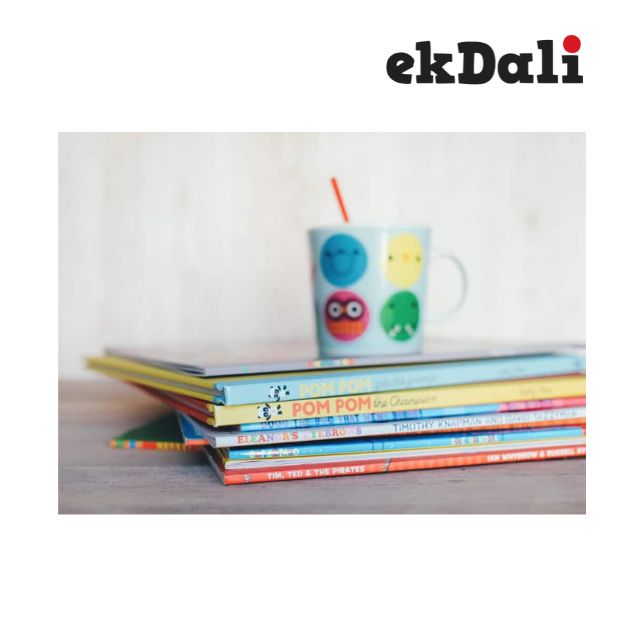As you are aware, literacy is the foundation of academic achievement. For your child to grow, it is essential that you assist them in acquiring excellent reading abilities. Finding the problem and catching up with your child are crucial if they start to fall behind in their reading.
These early years are crucial since youngsters often continue to learn to read up until the third grade. Students will learn how to recognise letters, decode letter sounds, mix sounds to form words, develop a spelling memory that gets better with time, and build up a vast bank of sight words. BOB Books are a fantastic resource for improving these important early reading abilities.
Watch your child's reading skills improve as you use these methods that have been endorsed by teachers. skyrocket
1. Identify mystery words: Have your youngster listen to a portion of a book while you remove one often used "mystery word" (like "because" or "always"). Introduce hints about the secret word in the text, such as how many letters it includes, a letter it contains, or even a particular sound it makes. Request a guess from your child regarding the word. With a final reading to mark the conclusion of the mystery, encourage your youngster to applaud after each word is read. This is a fun method to teach your youngster new high-frequency words.
2. Personalize story time: Make story time more unique by having your kid tell you a quick personal tale while you take notes. After that, read it aloud as a group. In the world of education, this is known as "Write a Story to Read a Story." Inspire your child to read by using well-known read-alouds.
3. Construct absurd statements: Encourage your youngster to use their creativity to construct the absurdist possible sentences using words that follow a specific spelling pattern. Ask your youngster to use words with the /l/ sound and the consonants "z," "g," and "k," for instance. Your kid can find words that meet the patterns of poetry by looking at an example text or poem (pick one from No Fair! No Fair! And Other Jolly Poems of Childhood).
From 3rd Grade Onward
Now is the moment to practise your reading comprehension abilities! This is so that youngsters can progress from learning to read to reading to learn at this point. Children will be required to gather data from various sources and present a summary of it in class. The capacity to edit and modify their work, as well as reading and writing skills, are becoming more and more vital, therefore it's important to address any issues.
Try these four teacher-endorsed strategies for this grade range's reluctant readers.
4. Provide context: If your child is starting a new text, try to give them some background information and context regarding the book's subject. For instance, if they have recently acquired a copy of an I Survived book like I Survived the American Revolution, 1776, discuss the country's history with them briefly. This will give kids a solid foundation for the upcoming reading.
5. Talk about key words: If you're giving background information for a book, mention a key phrase that readers will come across in the text and further clarify its meaning using an example and a picture. You might discuss "riptides" or "crustaceans" in a book about the seashore, for instance.
6. Ask questions: Based on the discussions you've had with your child about the text, pose questions to them at the conclusion of a tale or book they've read. Hopefully, while they read, your child has been developing views about the subject.
7. Make the most of reading time: Tell your child to bring a book to bed, the car, or anywhere else they can find a little additional time to read. Even just 20 minutes a day adds up to 3,600 minutes in a school year, which exposes them to around 2 million words!
Advice for All Ages
8. Allow your children to select their own books: Give your children (and particularly teenagers) the freedom to select the books they read. If they're not interested, reading will turn into a chore rather than a beloved activity. Start with some of these great sellers!
9. Read together in pairs: You and your children can read together in a manner that is quite similar to how students might typically read in the school. Each page should end with a question and a discussion with your child; this "extra-textual" discussion period is crucial for vocabulary development and reading comprehension. As you progress together in small chunks, read one page and then ask your child to read the next.
This method is popular in classrooms and also effective at home. To engage the entire family in a novel, assign roles. While others choose to play a certain character or characters, someone can serve as the stage director. It's crucial to have students play out their parts while they read, immersing them completely in their characters.












